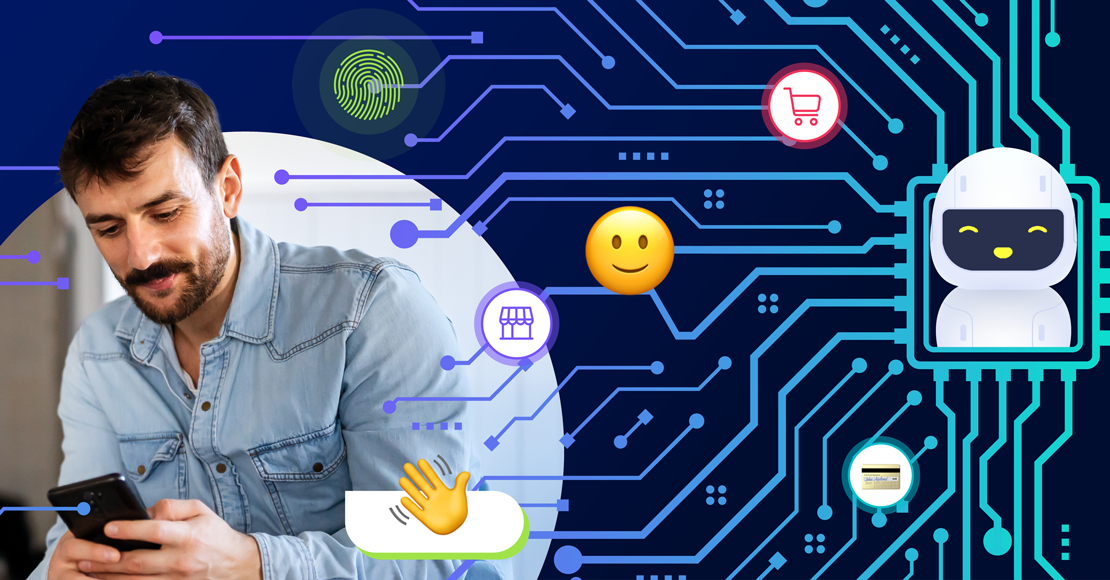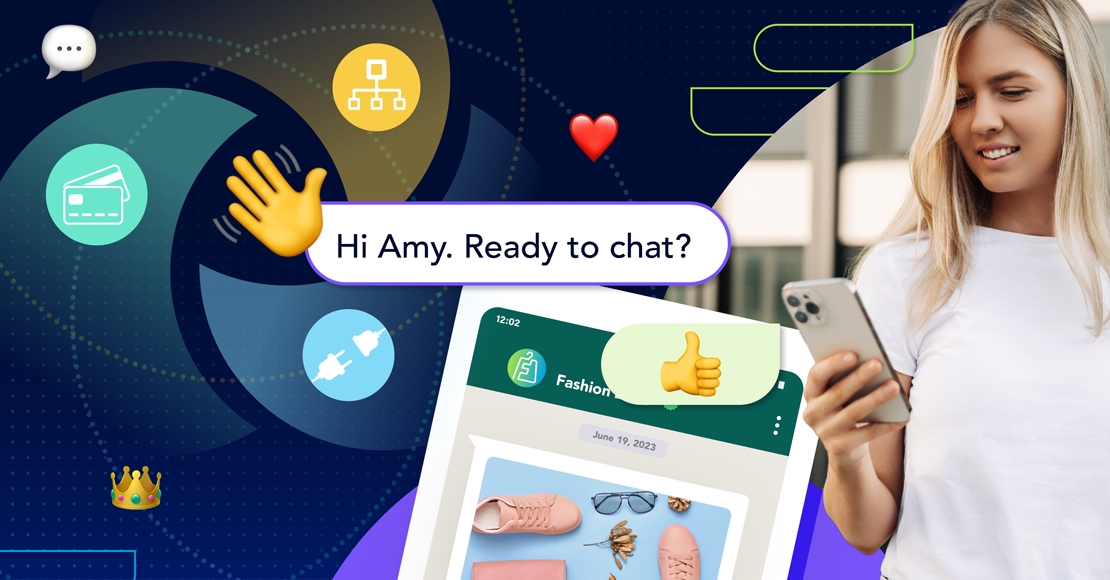
Artificial intelligence and chatbots - common misconceptions
There's a misconception that artificial intelligence (AI) chatbots can be 'dumb' technology - programs built with pre-defined responses. This is untrue, especially with the rate at which the technology and its connection to IoT systems are advancing. Finding its roots as early as 1300CE, humans have evolved AI to the point where it’s used in our everyday lives. From applications such as Siri or Netflix, there is a range of uses for AI chatbots, especially in business. Companies can benefit from the use of technology in their daily operations, though that is being held back by a few common misconceptions about the technology.
Just for house maintenance
In recent years, AI has been integrated into our daily lives, such as the example of Siri or Netflix. These benefit users by making information easier to obtain as well as assisting with home automation as well. And while AI may appear to be a luxury, it’s not just intended for home use.
In fact, many international banking systems have made use of AI – especially those in the wealth management industry. While AI may still have its limitations, it is able to process far more information at a time than humans and spit out more accurate results as well. This increases its usefulness from switching on lights when it’s dark to compiling mass amounts of data on online marketing trends.
No humans needed
There’s the notion that once an AI has its switch flipped to ‘on’, that’s it and there’s no longer a need for human interaction. While AI is an exceptionally advanced form of technology, like any piece of machinery, human intervention is still required. Humans need to make sure it’s operating correctly and point it in the right direction.
Having the need for humans isn’t a drawback to AI, but rather an interesting side-effect. While humans may not be able to handle as many tasks as an AI system at once, they do know more. For example, AI chatbots are able to field simple queries from clients, only passing on the most important ones.
Need to have all of the information
AI chatbots don’t need to be a repository of information, a library for your clients to tap into. This means that before the system goes live, the company doesn't need to inject every facet of the business into the system at all. AI systems are meant to learn as they are interacted with. While you may think it necessary to have every bit of detail on every product in the AI system, it may rarely use it at all depending on what users want from it.
AI chatbots can only give standard replies
AI chatbots aren’t ‘dumb’ systems pre-programmed with standard responses for users. They’re not going to repeat the same phrase over and over. Instead, they use machine learning to pick up on specific words and phrases. When this happens, the chatbots are able to find the correct response for the user. In some instances, AI chatbots can utilize emojis as well, adding a little something extra to the conversation.
Replacement to humans
While some industries are trying to replace their workers with machines, citing a more efficient system or cost-effectiveness, AI isn’t meant to take away jobs. In fact, AI is there to be used as a tool to help customers and businesses alike. They can help by doing things that humans can’t, or by automating low-level tasks. AI can be used to consume mass amounts of data, such as scanning online marketing trends, or fielding calls.
For more information on AI chatbots and business, have a look at our article on how it is used in private wealth management. The piece looks at data consumption, generating results, and predicting markets.
Explore other articles
Step into the future of business messaging.
SMS and two-way channels, automation, call center integration, payments - do it all with Clickatell's Chat Commerce platform.








